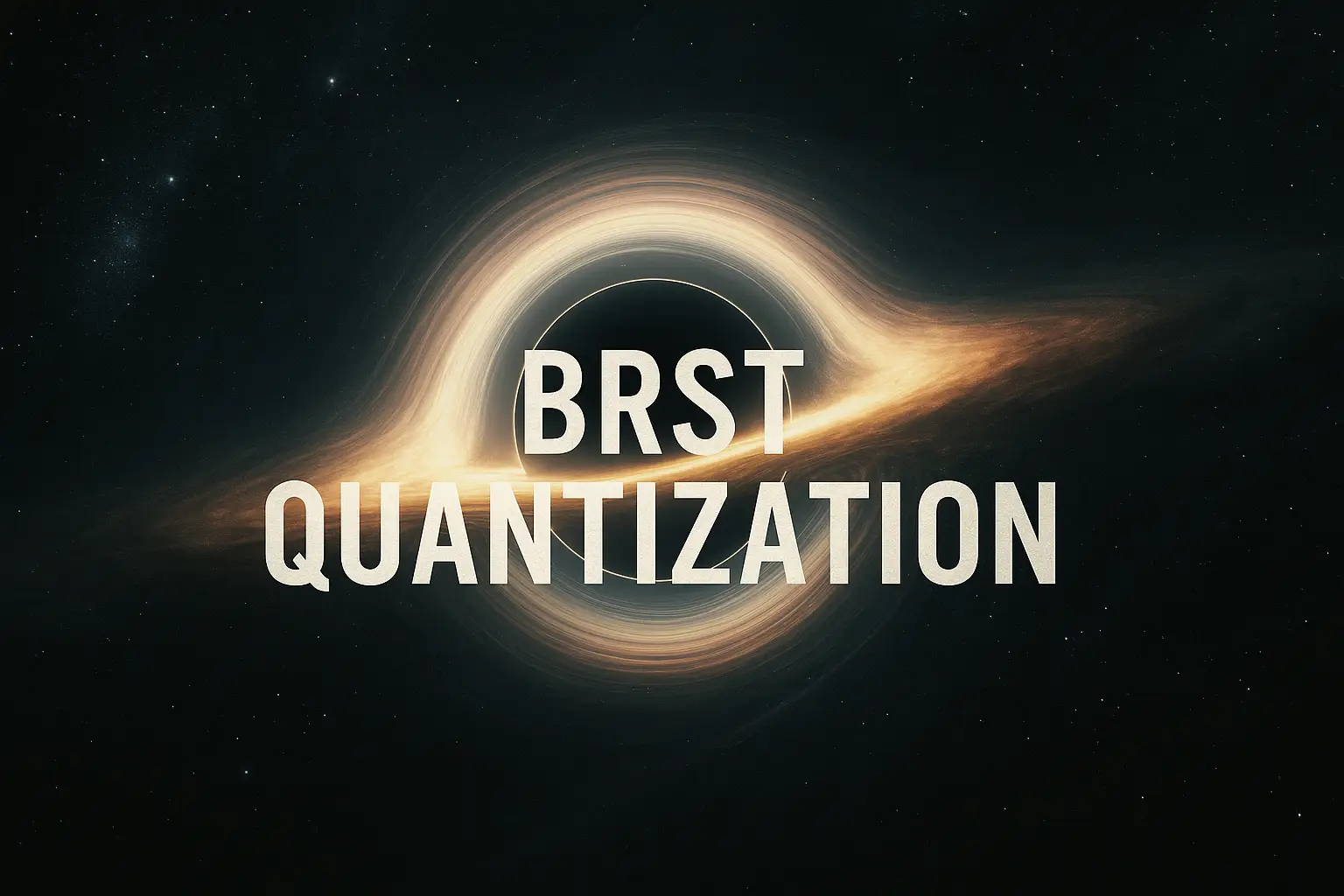Table of Contents
- Introduction
- Motivation for BRST Quantization
- Gauge Redundancy in Quantum Field Theory
- Path Integral Formulation and Overcounting
- Faddeev–Popov Procedure
- Emergence of Ghost Fields
- The Need for BRST Symmetry
- Structure of BRST Transformations
- BRST Charge and Nilpotency
- BRST Cohomology and Physical States
- Gauge Fixing in BRST Formalism
- BRST Invariant Lagrangian
- Example: BRST Quantization of Yang–Mills Theory
- Role of Ghost and Antighost Fields
- BRST Exactness and Gauge Independence
- BRST Anomalies and Consistency Conditions
- Anti-BRST Symmetry
- BRST Quantization in String Theory
- BRST Algebra and Grading
- Relation to Supersymmetry
- Geometric Interpretation
- Applications in Topological Field Theory
- Role in Conformal Field Theory
- Open Questions and Research Directions
- Conclusion
1. Introduction
BRST quantization is a powerful method used in quantum field theory to systematically quantize gauge theories while preserving gauge invariance and unitarity. It introduces a global fermionic symmetry, known as BRST symmetry, named after Becchi, Rouet, Stora, and Tyutin.
2. Motivation for BRST Quantization
Standard quantization methods fail for gauge theories due to gauge redundancy. Simply applying canonical or path integral quantization leads to divergent or ill-defined results. BRST quantization provides a consistent approach that preserves gauge structure while enabling proper gauge fixing.
3. Gauge Redundancy in Quantum Field Theory
In a gauge theory, many field configurations are physically equivalent due to local symmetry transformations. This redundancy leads to overcounting of states in the path integral formulation of quantum field theory.
4. Path Integral Formulation and Overcounting
The naive path integral:
\[
Z = \int \mathcal{D}A \, e^{iS[A]}
\]
sums over all field configurations, including gauge-equivalent ones. This results in an infinite overcounting unless corrected by gauge fixing.
5. Faddeev–Popov Procedure
The Faddeev–Popov method introduces a delta function and a determinant to isolate physical degrees of freedom. For gauge fixing condition \( G(A) = 0 \):
\[
Z = \int \mathcal{D}A \, \delta(G(A)) \, \det\left( \frac{\delta G}{\delta \alpha} \right) e^{iS[A]}
\]
The determinant becomes a path integral over ghost fields.
6. Emergence of Ghost Fields
The Faddeev–Popov determinant is expressed using Grassmann-valued ghost fields \( c, \bar{c} \). These fields appear only in loop diagrams and cancel unphysical contributions, ensuring unitarity.
7. The Need for BRST Symmetry
While the Faddeev–Popov method works at tree level, it obscures the underlying gauge symmetry. BRST symmetry restores a global symmetry that captures the original gauge symmetry even after fixing the gauge.
8. Structure of BRST Transformations
The BRST transformations involve:
- Gauge fields \( A_\mu \)
- Ghosts \( c \)
- Antighosts \( \bar{c} \)
- Auxiliary fields \( B \)
For Yang–Mills:
\[
\delta A_\mu^a = D_\mu^{ab} c^b \, \epsilon, \quad \delta c^a = -\frac{1}{2} f^{abc} c^b c^c \, \epsilon, \quad \delta \bar{c}^a = B^a \, \epsilon, \quad \delta B^a = 0
\]
Here \( \epsilon \) is a Grassmann-valued parameter.
9. BRST Charge and Nilpotency
There exists a conserved charge \( Q_{\text{BRST}} \) such that:
\[
Q_{\text{BRST}}^2 = 0
\]
This nilpotency ensures that BRST transformations form a differential complex, and physical states are identified with cohomology classes.
10. BRST Cohomology and Physical States
A state \( |\psi\rangle \) is physical if:
\[
Q_{\text{BRST}} |\psi\rangle = 0, \quad |\psi\rangle \sim |\psi\rangle + Q_{\text{BRST}} |\chi\rangle
\]
This removes unphysical states while retaining gauge-invariant information.
11. Gauge Fixing in BRST Formalism
The gauge-fixed action is written as:
\[
S = S_{\text{inv}} + \delta_{\text{BRST}} \Psi
\]
where \( \Psi \) is the gauge-fixing fermion, a functional of the fields with ghost number -1.
12. BRST Invariant Lagrangian
In Yang–Mills theory:
\[
\mathcal{L} = -\frac{1}{4} F_{\mu\nu}^a F^{\mu\nu\, a} + \delta_{\text{BRST}} \left( \bar{c}^a \left( \partial^\mu A_\mu^a + \frac{\alpha}{2} B^a \right) \right)
\]
This Lagrangian is invariant under BRST transformations and contains gauge-fixing and ghost terms.
13. Example: BRST Quantization of Yang–Mills Theory
For SU(N) gauge theory:
- Gauge field \( A_\mu^a \)
- Ghost \( c^a \), antighost \( \bar{c}^a \)
- BRST symmetry encodes the infinitesimal gauge transformation with ghost replacement for parameters
14. Role of Ghost and Antighost Fields
Ghosts propagate in internal loops and correct unphysical longitudinal and time-like gauge boson contributions. They ensure unitarity and cancel gauge artifacts in loop amplitudes.
15. BRST Exactness and Gauge Independence
Physical observables belong to the BRST cohomology and are invariant under different choices of gauge fixing, demonstrating the gauge independence of physical predictions.
